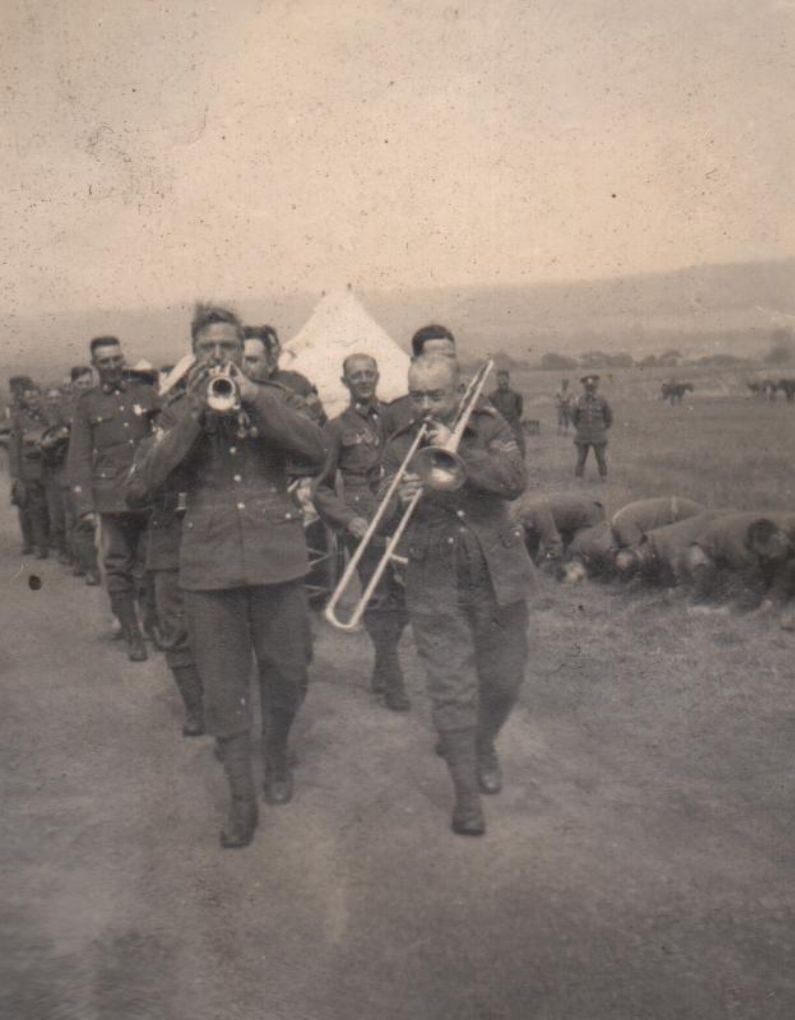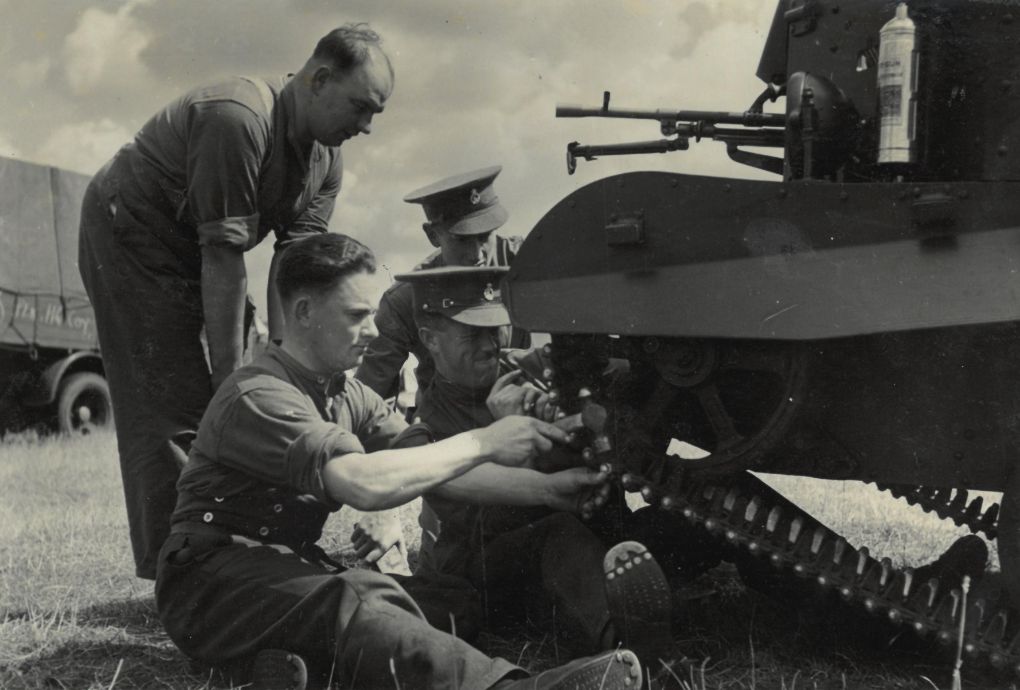Home » The Story Of The Regiment »
1st Battalion The Hertfordshire Regiment
1920-1939

Instructions for the re-formation of the 1st Herts were issued in February 1920 and the Battalion was soon up to its establishment of 650 all ranks, under the command of Lieutenant Colonel Henry Page Croft CMG TD, with Colonel Sir Charles Longmore KCB VD TD as Honorary Colonel. Many of the recruits had previously served in the Regiment during the war. Battalion HQ and No. 1 Company were based in Hertford. It was a further two years before the Battalion’s place in the 162 (East Midland) Infantry Brigade of 54th (East Anglian) Division was confirmed.
Uniforms and badges were the same as those used before the war, though it was agreed that the Battalion should wear a scarlet cloth Ace of Hearts on the upper arm in khaki service dress. Full dress was almost entirely discontinued.
Defence spending was stringent in the years following the war and several outlying detachments and the drill stations at Baldock, Harpenden, Hatfield, Sawbridgeworth and Stevenage were lost in the 1920s and 30s. By 1930, the increasing number of personnel attached to Battalion HQ, led to the creation of Headquarters wing. This was initially based at Hertford but grew so rapidly that it encroached upon Ware and No.1 Company had to be moved from Hertford to Watford.
By 1937, the Battalion was commanded by Lt. Col. J.A. Longmore, whose father Colonel Sir Charles Longmore had devoted 52 years to the Regiment and its predecessor until his death in 1930, and a detachment took part in the Coronation celebrations that year.
The summer and Autumn of 1938 saw a sense of urgency as the Battalion underwent re-equipment and training with new weapons. The Munich Agreement of September 1938, also known as the Munich Betrayal, where countries including Britain, France and Italy ceded to Germany the Sudeten territory of Czechoslovakia, highlighted concerns as to the weak state of Britain’s armed forces.
In March 1939, Territorial Battalions were instructed to recruit beyond Full War Establishment and to split into two to form an additional Battalion. By the end of April, Lt. Col. Longmore was able to report that the Battalion was ready to split into two, ahead of any other Battalion outside London.
That summer, the Battalion went on camp to Dibgate with a strength of 1240 men, over half of whom were new recruits. The camp culminated with a ceremonial parade in which the Commanding Officer gave the order “March off Numbers 1 and 2 Companies.” At this point all ranks divided with the West Hertfordshire men, from St Albans, Watford, Tring, Hemel Hempstead and Berkhamsted, forming a 2nd Battalion. Those from East Hertfordshire, including Hertford and Ware, remained as the 1st Battalion The Hertfordshire Regiment.













